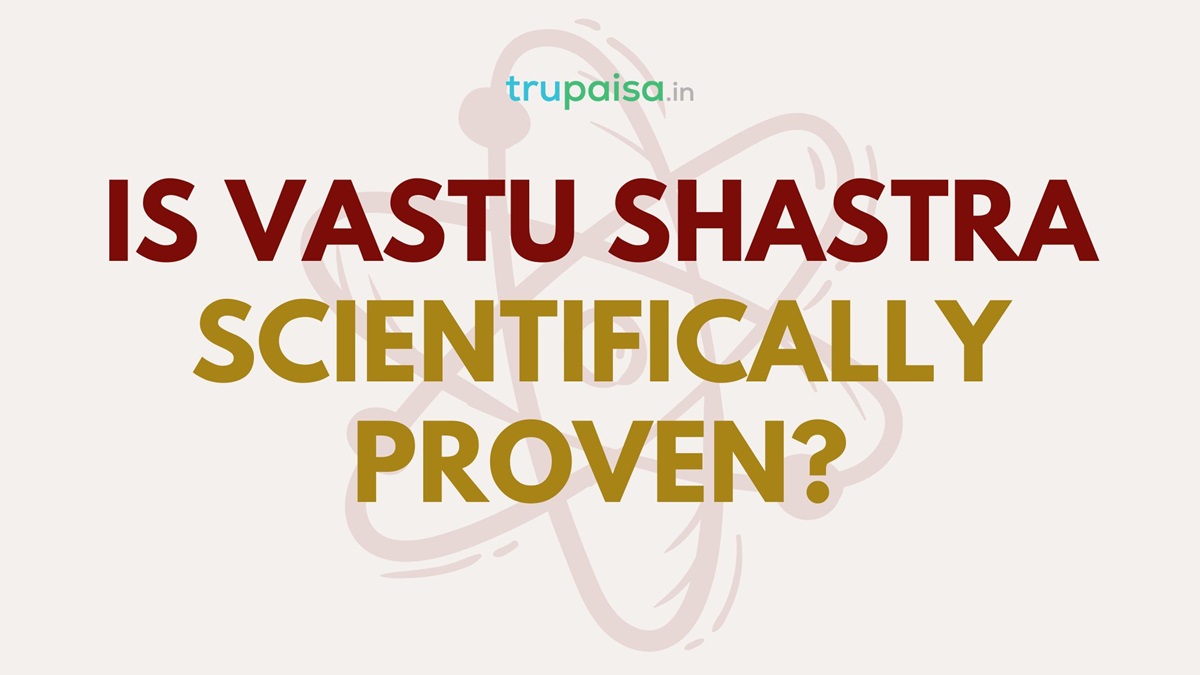Introduction
We keen on wondering about how many types of vastu shastra are there! Isn’t?
No worries! Lets demystify it today!
Vastu Shastra, an ancient Indian architectural discipline, is divided into several categories, each of which provides unique insights on how to harmonize living spaces with natural energy.
In this detailed blog post, we will look at the various varieties of Vastu Shastra, discussing its concepts, applications, and the benefits they provide to people looking to create balanced and good living situations.
ALSO READ: Vastu Shastra For Home: Boost Positive Energy Of Your Home
Understanding Vastu Shastra

Vastu Shastra, also known as the “science of architecture,” is a traditional Hindu system of architecture based on ancient texts that integrate architecture with nature, spatial geometry, and directional alignments.
It aims to create living spaces that promote peace, well-being, and prosperity by harmonizing with natural energies and cosmic force.
ALSO READ: South Facing House Vastu- Is it good or bad?

Types of Vastu Shastra
Residential Vastu
Residential Vastu is an ancient Indian guide to enhancing positive energies in a house, flat, or apartment through various means.
It involves aligning the property with specific Vastu principles, such as the direction of the main entrance, placement of rooms, and use of colors and materials, to create a balanced and positive living environment.
For instance, the main entrance should ideally face north, east, or northeast to invite positive energy and prosperity into the home.
Additionally, specific directions are recommended for different rooms, such as the south-east for the kitchen and the south-west for the bedroom, to optimize the flow of energy and promote well-being.
Commercial Vastu
Commercial Vastu is an ancient Indian guide for increasing positive energy in commercial buildings, shops, industries, and complexes using a variety of methods.
It is founded on the ideas of harmonizing the five components of nature and aligning them with cosmic energy. According to Vastu Shastra, a commercial building’s main entrance serves as both a customer and an energy entry point.
The entrance should be located between the east and north-east directions.
The business complex’s slope, height, and shape all need to be addressed.
Some of the most significant aspects of Commercial Vastu are the orientation of the complex’s entrance gate and shops, the placement of the electric equipment, the staircases, the toilets, the pantry, and the store room, the direction of the water storage tanks, the windows on each floor and in each room, the direction and area of open space, and the kinds of plants and trees in the lawn according to their directions.
One can draw prosperity and good energy into their business environment by adhering to these guidelines.
Muhurta Vastu
Muhurta Vastu, also known as Muhurta Shastra, is an essential aspect of Vastu Shastra that focuses on identifying auspicious moments for various activities.
It is derived from the Sanskrit words “Muhu” (a moment) and “Rta” (yearly order).
Muhurta is a specific auspicious time calculated for the start of a new and important activity, expected to have a long-term effect in a person’s life.
This can include activities such as starting a new business, marriage, or the beginning of education for a child. Muhurta calculation is based on the movement and position of planets, and it is believed to have a significant impact on the outcome of the activity.
Yantra Vastu
Yantra Vastu is an ancient practice that uses mystical designs to draw prosperity, good fortune, success, protection, and good health.
Yantras are diagrams that are highly regarded and venerated as representations of heavenly forces.
Tantra holds that the human body is an instrument for inner progress and that it is the most ideal and potent of all yantras.
Yantras have been a significant factor in the development of spiritual activities for practically as long as Hinduism has existed.
A yantra cannot function until it is correctly charged, and in order to do so, the user must engage with the yantra through regular rituals and chants.
Certain metal yantras, such those constructed of copper, bhojpatra, silver, and gold, are said to be more fortunate than others.
ALSO READ: Does Vastu Affect Health ?

Practical Applications of Vastu Shastra
Incorporating Vastu Shastra principles into living spaces can have a tangible impact on the well-being and prosperity of the inhabitants.
Simple yet effective applications include:
- Placing the main entrance in the north, east, or northeast direction to invite positive energy and prosperity into the home.
- Utilizing specific colors and materials in interior design to create a harmonious and balanced living environment.
- Positioning furniture and work areas in alignment with Vastu principles to enhance productivity and well-being in commercial spaces.
- Creating dedicated meditation or prayer rooms in accordance with Vastu guidelines to foster spiritual growth and inner peace.
ALSO READ: Types of Properties
Conclusion
In conclusion, the diverse types of Vastu Shastra offer a wealth of knowledge and practical insights for individuals seeking to create living spaces that resonate with positive energies and cosmic forces.
By understanding and applying the principles of residential, commercial, muhurta, and yantra Vastu, individuals can cultivate harmonious and prosperous living environments that support their well-being and aspirations.
Whether it’s aligning a home for positive energy or optimizing a workplace for productivity, the multifaceted nature of Vastu Shastra provides a holistic approach to creating balanced and positive living spaces.
FAQs
What are the 4 directions of Vastu?
In the ancient science of Vastu Shastra, four primary directions play vital roles in determining the energy flow and harmony within a building.
These directions are:
- North (Dikpal Akshara Devata: Kubera): Symbolizing stability and prosperity, the north direction is often considered auspicious for living spaces.
- East (Indra): Representing knowledge, wisdom, and spiritual growth, the east direction promotes mental clarity and peace.
- South (Agni): Associated with creativity, passion, and transformation, the south direction fosters enthusiasm and motivation.
- West (Varuna): Encouraging relaxation, tranquility, and emotional balance, the west direction helps promote inner calmness and serenity.
Remember, Vastu is just one aspect among many factors contributing to creating harmonious environments.
Keep an open mind and explore various perspectives to find the approach that resonates most with you and your lifestyle.
What is the classification of Vastu?
Vastu Shastra, the ancient Indian system for designing harmonious living spaces, doesn’t have a single classification. It’s more like a toolbox with various principles and guidelines applied to different aspects of construction and living.
Think of it like a recipe book! You might have recipes for main dishes, desserts, and even specific dietary needs. Similarly, Vastu offers various classifications depending on the purpose:
- Residential Vastu: Guides the layout and direction of rooms in a house for positive energy flow.
- Commercial Vastu: Optimizes office spaces for productivity and prosperity.
- Temple Vastu: Ensures proper placement and construction of sacred structures.
While it’s not a rigid system with strict categories, Vastu helps create balanced and healthy living environments through specific principles and considerations.
What is the logic behind Vastu Shastra?
Vastu Shastra, the ancient Indian architectural system, aims to create spaces that harmonize with nature’s energy.
It’s based on the belief that the five elements (earth, water, fire, air, and space) and directions influence our well-being.
Here’s a simplified explanation:
- Natural elements: Specific placements of rooms (e.g., kitchen in southeast, representing fire) are believed to align with the elements’ natural flow, promoting positive energy.
- Directional alignment: The sun’s movement and magnetic fields are considered. Placing the main door in the east, for example, supposedly allows positive morning sunlight and good energy to enter.
While the scientific validity of Vastu Shastra is debated, many people find it offers guidance for creating calming and well-organized spaces.
Whether you fully embrace the principles or not, exploring these ideas can spark creativity and encourage a mindful approach to your living environment.
My Social Links: Quora, Facebook, Linkedin, Pinterest, X (Twitter)








